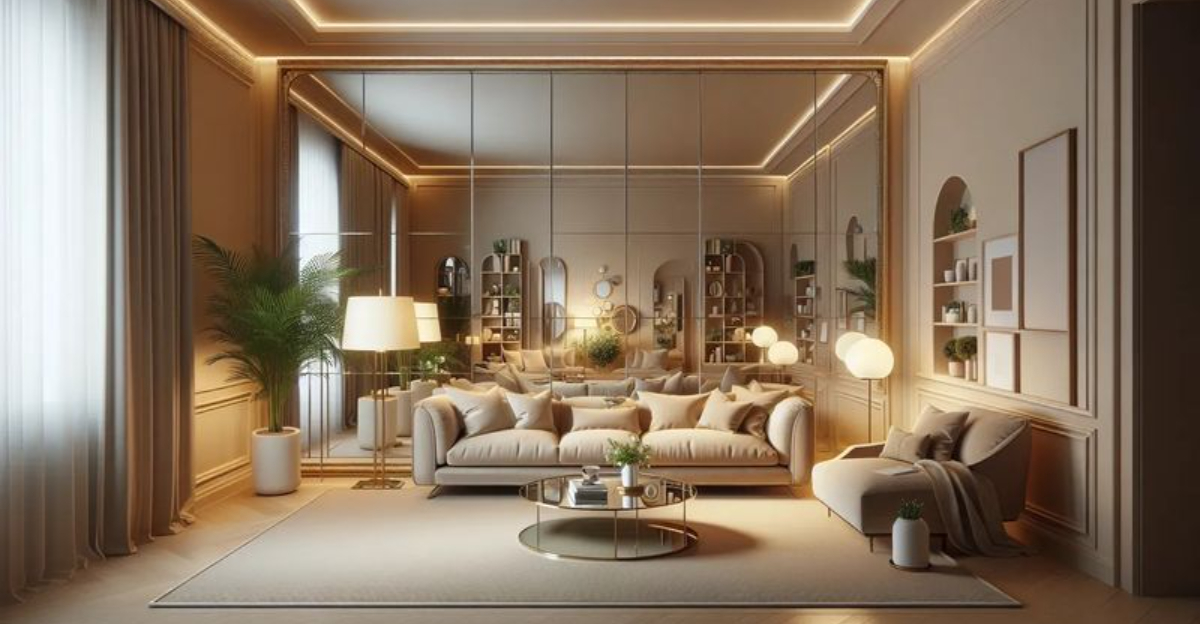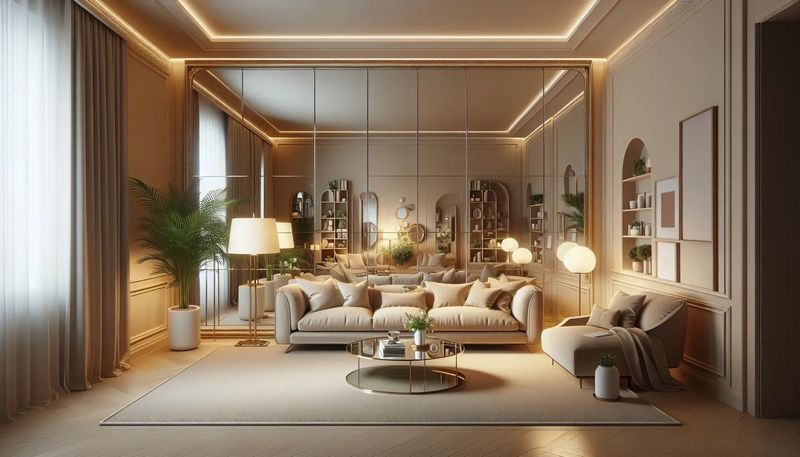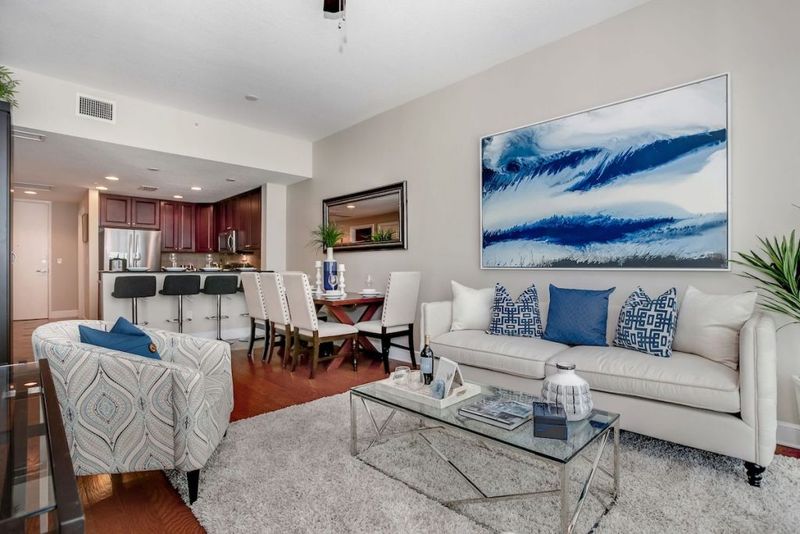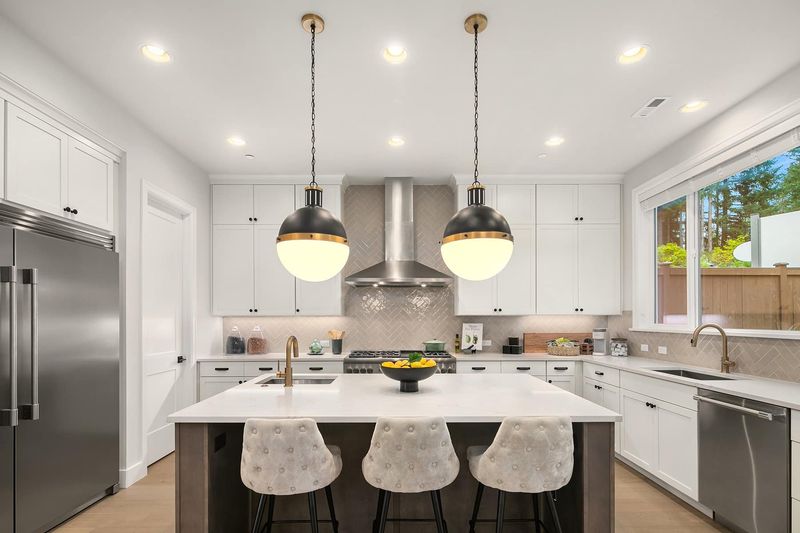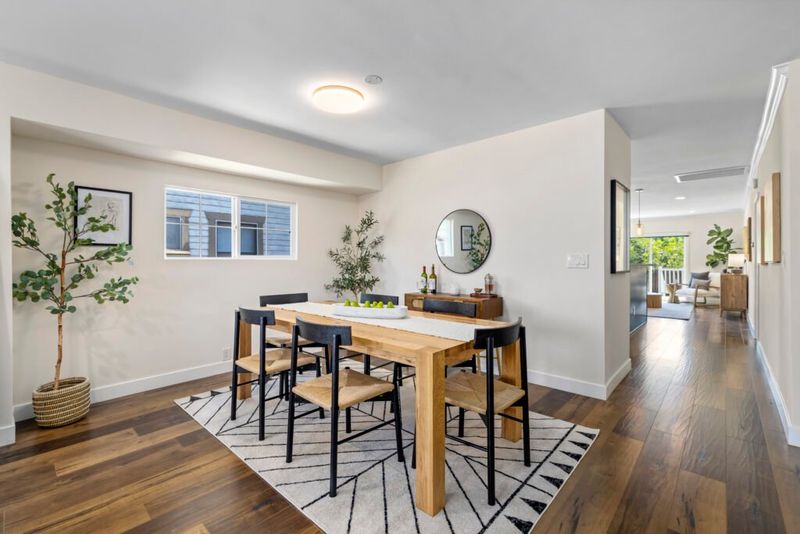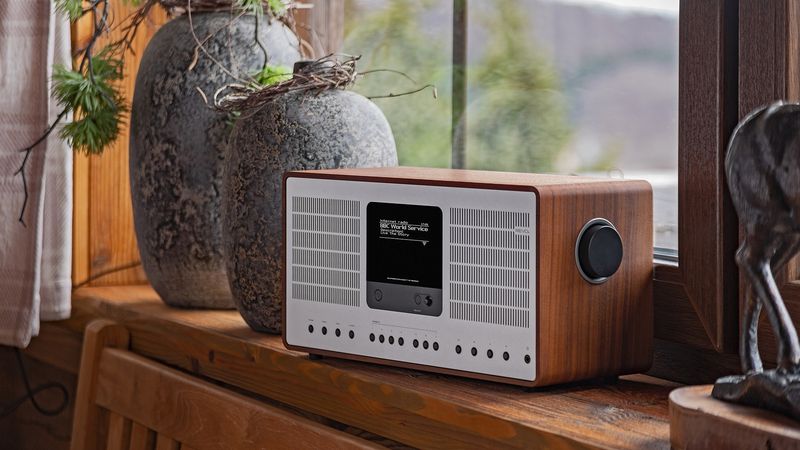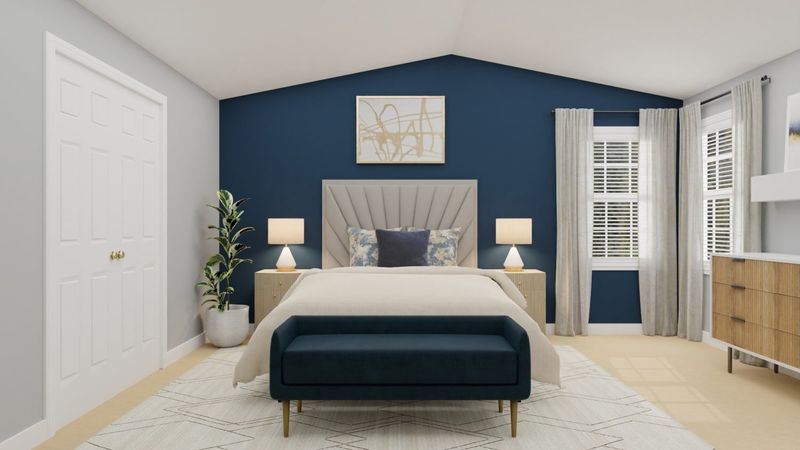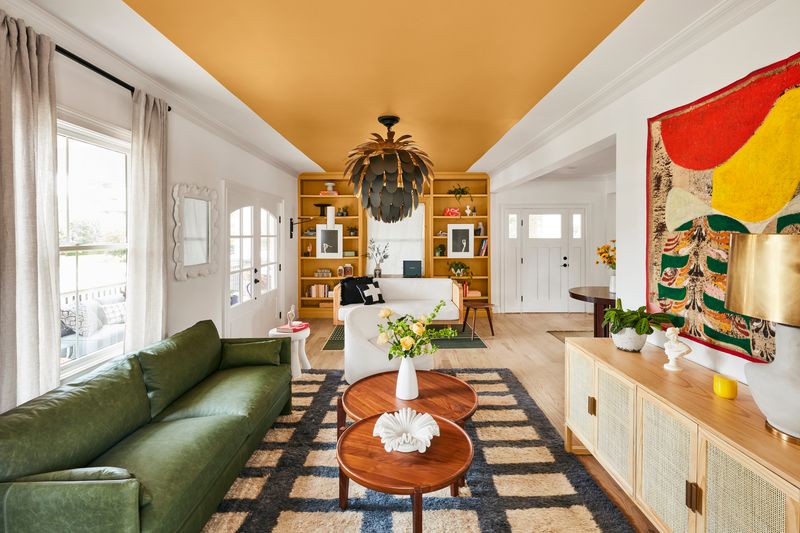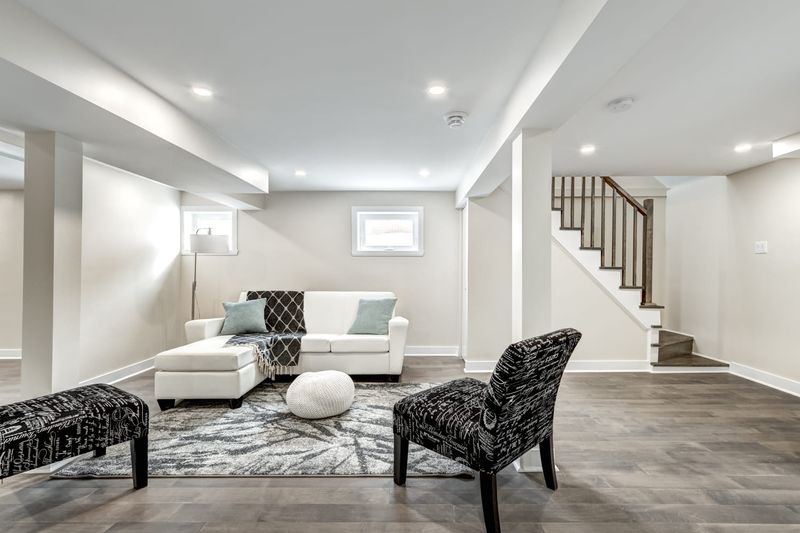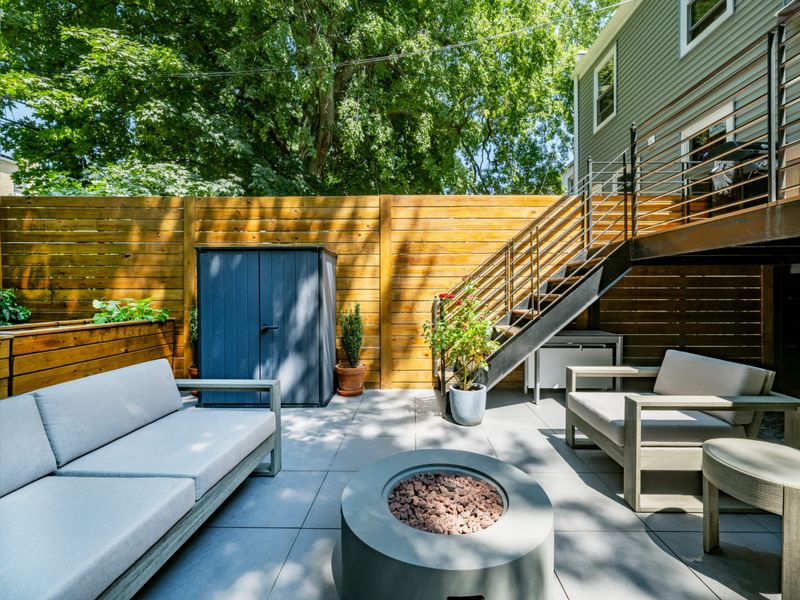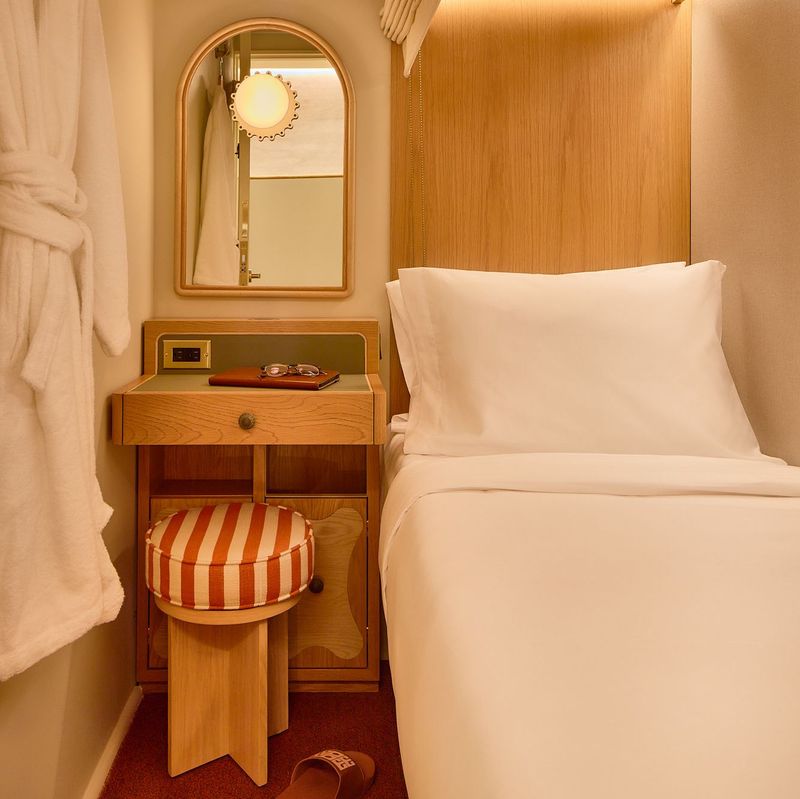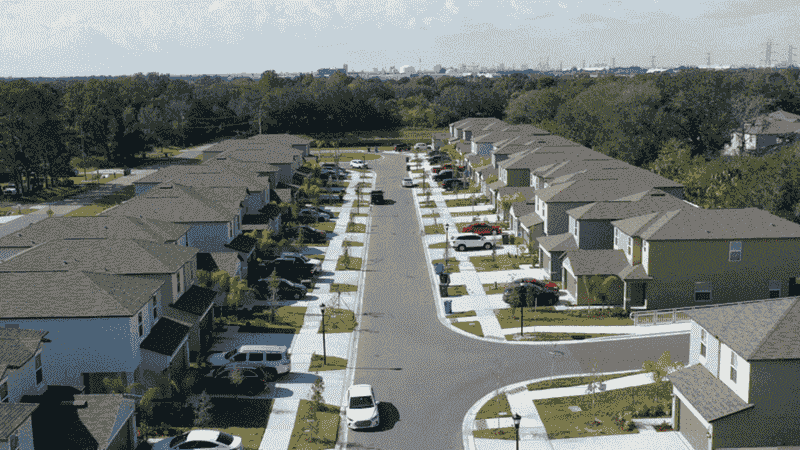Walking into a show home feels like stepping into a dream – perfect furniture, gorgeous lighting, and that incredible ‘new home’ smell.
But behind those picture-perfect scenes lurk clever marketing tactics designed to make you fall in love and sign on the dotted line.
Property developers use psychological tricks to enhance perceived value while hiding potential flaws. Before you make one of the biggest purchases of your life, arm yourself with knowledge about these common staging deceptions.
1. Mirrors Creating Fake Space
Ever walked into a room that felt surprisingly spacious? Look again! Strategic mirror placement creates an optical illusion that rooms are larger and brighter than reality. Mirrors positioned opposite windows reflect natural light throughout the space, doubling the perceived brightness.
When touring a property, try to imagine the room without these reflective surfaces. Would that hallway still feel open? Would that bedroom still capture enough light? Take measurements if you’re unsure – numbers don’t lie even when mirrors do.
Many buyers fail to mentally remove these temporary fixtures and end up disappointed when their own furniture makes spaces feel cramped and dark.
2. Undersized Furniture
Honey, they’ve shrunk the furniture! Staging companies frequently use smaller-than-average sofas, beds, and tables to make rooms appear more generous. A three-quarter sized sofa can transform a cramped living room into what seems like an entertainment paradise.
Your full-sized furniture collection might struggle to fit where these miniature showpieces currently sit so comfortably. Always mentally place your own belongings in the space before making decisions.
3. Strategic Lighting Tricks
Bright and beautiful or dim and deceptive? Show homes masterfully employ lighting psychology to enhance appeal. Multiple lamps at varying heights create ambient warmth, while strategically placed uplighting draws eyes away from flaws and toward architectural features.
During daytime viewings, notice if curtains are partially drawn or if lights remain on – signs they’re compensating for poor natural light. Smart developers schedule viewings when sunlight hits the property most favorably, giving a falsely optimistic impression.
Visit properties at different times of day to understand the true lighting conditions. A sun-drenched morning viewing might become a gloomy cave by afternoon, drastically changing the home’s character and livability.
4. Removed Interior Doors
Where did all the doors go? Removing interior doors creates an artificial sense of openness and flow that vanishes once normal living resumes. This sneaky tactic makes smaller homes feel more spacious and modern while hiding the reality of daily living.
Without doors, you can’t evaluate privacy, sound isolation, or how furniture placement might be restricted by door swings. Family life typically requires doors for bathrooms, bedrooms, and sometimes home offices.
Ask the agent which doors have been removed for staging. Then visualize how the space functions with proper privacy measures reinstalled. Remember that doors serve practical purposes beyond aesthetics – they control temperature, reduce noise transfer, and create necessary boundaries.
5. Hidden Storage Solutions
Where’s all the stuff? Show homes present impossibly minimalist lifestyles with barely a toothbrush in sight. The reality is that staging companies ruthlessly eliminate storage challenges by removing everyday essentials that would normally fill closets and cabinets.
Smart shoppers should open every cabinet, closet, and storage area during viewings. Are the spaces actually functional? Could your holiday decorations, winter coats, and hobby equipment realistically fit? Many new builds offer dramatically less storage than older homes.
6. Artificially Enhanced Views
That gorgeous vista might be temporary! Developers strategically time construction phases so model homes enjoy unobstructed views – before neighboring units block them forever. Sometimes they’ll even manipulate landscaping or temporarily remove fencing to create false impressions.
Ask pointed questions about future development plans for adjacent lots. What exactly will you see from those windows six months from now? Request site plans showing the completed project and neighboring developments.
For existing homes, research seasonal changes that might affect views. Those bare winter trees might become a privacy-blocking green wall by summer, or that distant water view might disappear behind growing foliage. Never purchase solely for a view without verifying its permanence.
7. Sound-Masking Techniques
Shhhh… hear that? Or rather, what you don’t hear? Show homes often use background music, water features, or white noise machines to mask problematic sounds from nearby roads, airports, or neighbors. These acoustic distractions create a peaceful atmosphere that may vanish after purchase.
Visit properties during rush hour or when schools let out to experience authentic noise levels. If the home is near potential noise sources like highways, train tracks, or commercial areas, spend time there during different days and times.
Don’t hesitate to turn off any music or water features during viewings. Stand quietly in each room for at least a minute to detect noise issues that might affect your quality of life long-term.
8. Disguised Structural Issues
Those beautiful accent walls might be hiding ugly secrets! Strategic decoration often conceals structural problems like cracks, water damage, or uneven surfaces. Large artwork, bookcases, or dramatic paint schemes frequently serve dual purposes – adding style while covering flaws.
Run your hands along walls to feel for bumps or inconsistencies. Look closely at ceiling corners and baseboards for signs of settling or water intrusion. These areas tell the truth about a home’s structural integrity.
Always hire independent inspectors rather than using developer-recommended professionals. They’ll look behind that perfectly placed armoire or investigate why that particular wall received textured treatment when others didn’t.
9. Optical Illusion Paint Tricks
Color psychology at work! Developers carefully select paint colors to manipulate spatial perception. Light, cool-toned walls make rooms appear larger, while strategic accent walls can reshape rectangular rooms into more pleasing proportions.
When touring properties, try to mentally repaint with your preferred colors. Would that narrow hallway still feel navigable in a darker shade? Would that cozy bedroom become claustrophobic with warmer paint?
Take photos during viewings and digitally test your color preferences before committing.
10. Minimized Personal Storage
Where would your stuff actually go? Show homes display impossibly streamlined lifestyles with minimal personal belongings. Those pristine bedrooms rarely demonstrate realistic storage for clothing, shoes, and personal items that accumulate in real life.
Open closet doors to assess actual capacity. Many newer homes sacrifice storage space for open-concept living, creating beautiful showcases that prove impractical for everyday living. Compare closet dimensions to your current storage needs.
11. Artificially Brightened Spaces
Basements transformed into bright, inviting spaces often benefit from lighting tricks that mask their subterranean reality. Higher-wattage bulbs, strategic fixture placement, and light-reflecting surfaces create temporary brightness that’s difficult to maintain in daily life.
For below-grade spaces, evaluate natural light sources carefully. Are there full-sized windows, or just small window wells? This reveals the true natural light conditions and helps determine whether spaces would require constant artificial lighting to remain usable and inviting.
12. Perfect Temperature Control
Feeling perfectly comfortable during your viewing? Show homes maintain ideal temperatures regardless of exterior conditions, often using supplemental heating or cooling systems beyond what comes standard. These comfortable environments mask potential insulation or HVAC inadequacies.
Ask specific questions about the heating and cooling systems. Some developments look fantastic but become energy nightmares due to poor insulation or inadequate climate control.
Visit during temperature extremes if possible. A home that feels comfortable during mild spring weather might reveal drafty windows or insufficient heating capacity during winter’s coldest days.
13. Staged Outdoor Living Areas
Backyard paradise or weekend maintenance nightmare? Outdoor spaces in show homes often feature perfect landscaping, mood lighting, and aspirational living areas that create unrealistic expectations. Those gorgeous plantings might require professional maintenance to preserve.
Ask whether landscaping is included in the purchase or if it’s just for display. Many buyers are shocked to discover their perfect garden was temporary staging.
Research the orientation of outdoor spaces relative to sun patterns. That beautiful deck might be unusable during summer afternoons if it faces west without shade.
14. Deceptive Room Proportions
Square footage sleight-of-hand! Developers sometimes list total square footage prominently while designing homes with awkward room proportions that limit furniture placement. That 2,000 square foot home might include oversized common areas while bedrooms barely fit queen beds.
Bring a measuring tape and note minimum furniture dimensions for your lifestyle. Could a dining table seat your family comfortably? Would your desk fit in that home office nook? Sometimes impressive total square footage hides impractical distribution of space.
15. Concealed Neighborhood Issues
Location matters beyond the property lines! Developers schedule viewings when surrounding neighborhood conditions show best – avoiding school dismissal traffic, weekend noise, or industrial activity periods. This creates a falsely peaceful impression of the community.
Drive through the neighborhood at different times before committing. Morning rush hour, school dismissal, and weekend evenings reveal the true character of an area. Listen for noise from nearby businesses, traffic arteries, or entertainment venues.

